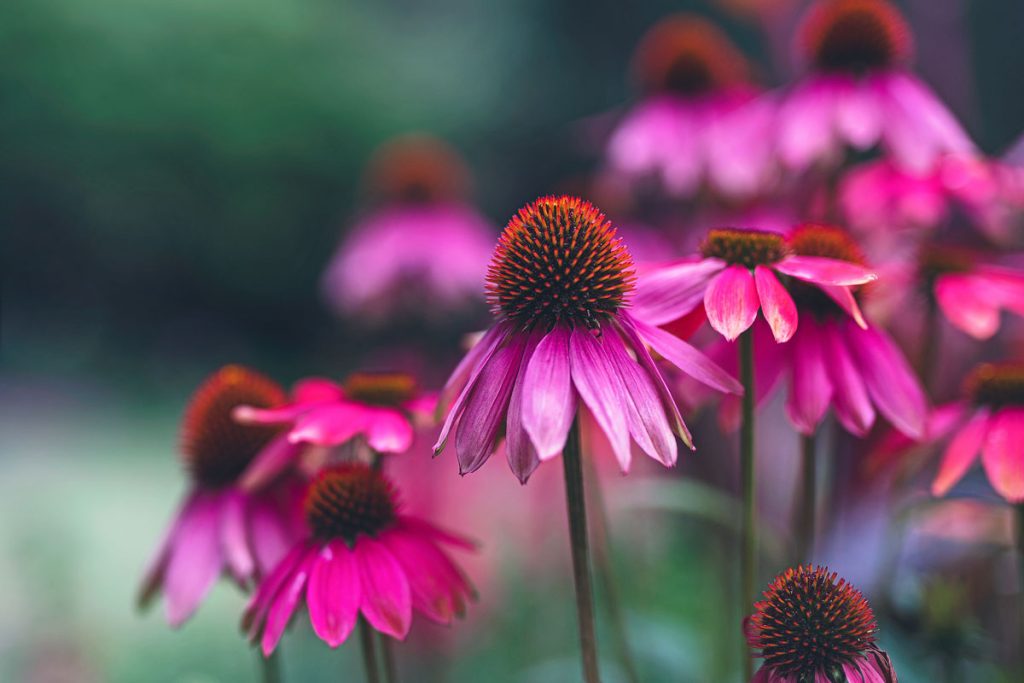
As the warmth of summer gives way to the cool embrace of autumn, prairies unveil a spectacle of hues, and one flower stands out as a crown jewel in this seasonal symphony—the Purple Coneflower (Echinacea purpurea). The Purple Coneflower, with its striking pink to purple petals and prominent orange-brown cone-shaped center, exudes a timeless elegance. Its daisy-like appearance makes it instantly recognizable and beloved by both nature enthusiasts and pollinators.
Late Summer to Fall Bloomer:
While it’s commonly associated with the warmth of summer, the Purple Coneflower continues to grace prairies and meadows well into the fall. Its longevity adds a touch of continuity to the ever-changing seasonal panorama. The cone-shaped center of the flower is a bustling hub for pollinators. Bees, butterflies, and other pollinating insects are drawn to the rich nectar and pollen offered, making it a crucial resource for these essential creatures during this seasonal transition.
As the fall season progresses, the Purple Coneflower transforms into a seed haven for songbirds as well. Goldfinches and other birds feast on the nutritious seeds, contributing to the overall biodiversity of the ecosystem.
Native plant status and soil health:
The Purple Coneflower’s status as a native plant makes it an ideal choice for sustainable land management. Native plants are adapted to local conditions, requiring less water and minimal maintenance once established. The extensive root system of the Purple Coneflower helps stabilize the surrounding soil and helps prevent erosion. This is especially valuable in sustainable land management practices where preserving soil integrity is a key consideration.
Overall, the Purple Coneflower aligns well with sustainability, land management, and climate change resilience efforts. Its native status, adaptability, and role in supporting biodiversity make it a valuable asset in promoting resilient ecosystems in the face of environmental changes. Incorporating native plants like the Purple Coneflower into land management practices is a sustainable step toward building more resilient and climate-adaptive landscapes.
